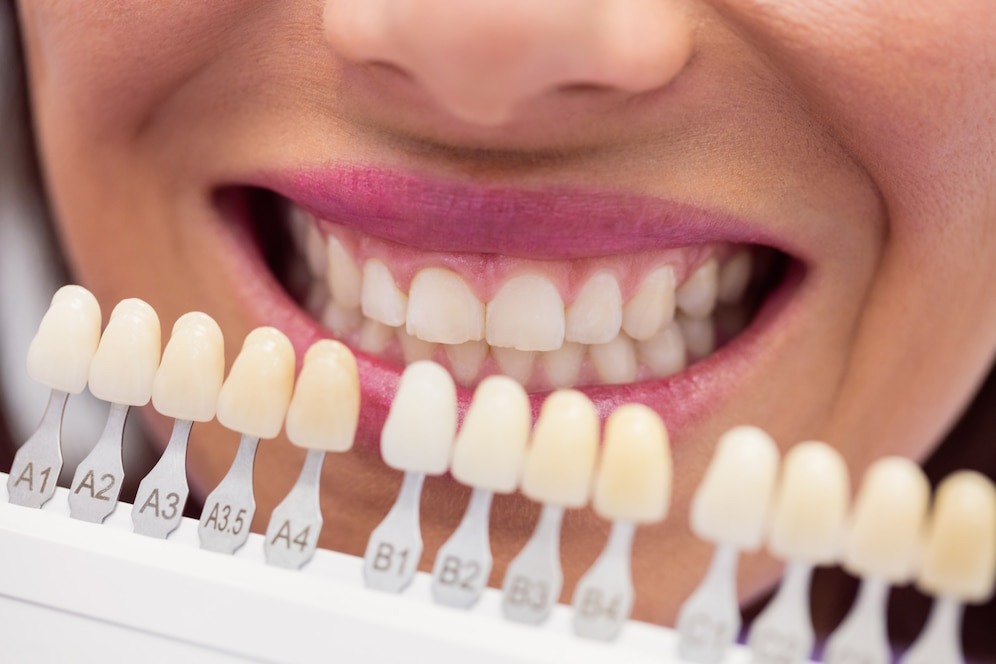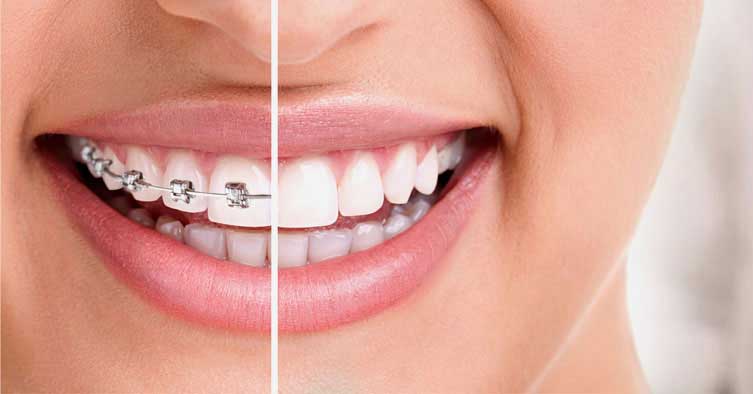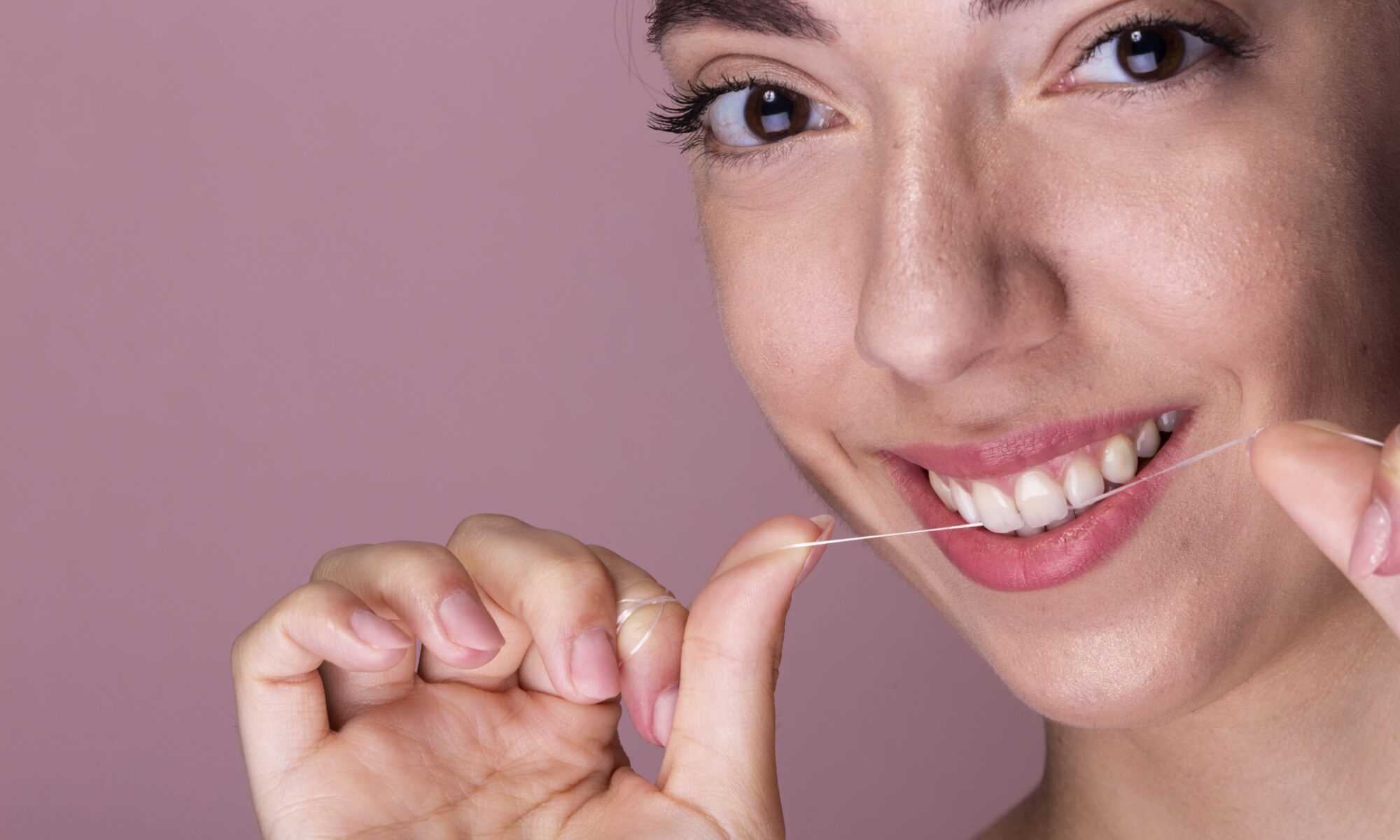Getting the perfect smile is something we all strive for. It can make us feel more confident and attractive, allowing us to face the world with a newfound sense of pride.
What’s even better is that achieving it doesn’t need to be difficult or expensive – you don’t have to break the bank on invasive procedures like some may think! At our dental clinic, we are fully trained in cosmetic dentistry, so whatever your needs may be, we can help you get closer than ever before to achieving that winning grin!
In today’s blog post, let’s talk about why cosmetic dentistry could benefit you – from fixing misaligned teeth and filling gaps in them to creating an altogether new look but without going “under-the-knife”.
The Importance Of A Perfect Smile And How Cosmetic Dentistry Can Help
A perfect smile is considered as a symbol of health, happiness, confidence, and success. It not only enhances an individual’s appearance but also contributes to their overall self-esteem and personal relationships. In fact, studies have shown that people with a great smile are perceived as more attractive, trustworthy, and successful, compared to those with a flawed smile.
Cosmetic dentistry is a branch of dentistry that focuses on improving the aesthetics of the teeth, gums, and overall smile. It utilizes various treatments such as teeth whitening, dental veneers, orthodontic aligners, dental implants, and more to enhance the natural beauty of the smile. These procedures are designed to address a range of issues including chipped or cracked teeth, stained teeth, crooked or misaligned teeth, missing teeth, and more.
Teeth whitening, for instance, is a common procedure that lightens the teeth’ color and helps to remove stains caused by smoking, food and drink, and aging. Dental veneers, on the other hand, are thin shells that are placed on the front surface of the teeth. They are used to restore the natural shape, color, and size of the teeth, improving not only their appearance but also their structural integrity. Orthodontic aligners such as Invisalign are another popular cosmetic dentistry option that aligns misaligned teeth without the use of traditional metal braces.
In addition to enhancing the physical appearance of the teeth, cosmetic dentistry also has a significant impact on a patient’s mental and emotional wellbeing. A perfect smile instills self-confidence, which affects how people feel and interact in social and professional situations. People with a great smile are more willing to pursue their goals, take risks, and express themselves.
In conclusion, cosmetic dentistry can play a vital role in enhancing an individual’s self-esteem, confidence, and happiness. With various options available, it’s possible to achieve a perfect smile that not only looks great but also improves your overall quality of life. By seeking the help of a qualified cosmetic dentist, individuals can regain confidence in their appearance and improve their overall wellbeing.
Most Common Cosmetic Dentistry Procedures
There are several different cosmetic dental procedures available to enhance the appearance of your smile. Here are some of the most common ones:
- Teeth Whitening: This procedure involves the use of bleaching agents to lighten the color of your teeth and remove stains or discoloration. It can effectively brighten your smile and give it a more youthful appearance.
- Dental Veneers: Veneers are thin shells, usually made of porcelain or composite resin, that are bonded to the front surface of your teeth. They can improve the color, shape, size, or length of your teeth, covering imperfections like stains, chips, or gaps.
- Dental Bonding: Bonding is a process where a tooth-colored composite resin material is applied to your teeth and then shaped and polished to improve their appearance. It can be used to repair chipped or cracked teeth, close gaps, or change the tooth’s shape.
- Dental Implants: Implants are a long-term solution for replacing missing teeth. They involve surgically placing artificial tooth roots into the jawbone, which then hold dental crowns or bridges in place. Dental implants provide a natural-looking and functional replacement for missing teeth.
- Orthodontic Treatments: Orthodontic treatments, such as braces or clear aligners like Invisalign, are used to straighten crooked or misaligned teeth. They can correct issues like crowded teeth, gaps, overbites, or underbites, resulting in a straighter and more harmonious smile.
- Dental Crowns: Crowns, also known as caps, are tooth-shaped coverings that are placed over damaged or misshapen teeth. They restore the tooth’s shape, size, strength, and appearance, improving both its functionality and aesthetics.
- Gum Contouring: Also called gum reshaping or tissue sculpting, this procedure involves removing excess gum tissue to create a more balanced and proportionate gum line. It can improve the appearance of a “gummy” smile or correct uneven gum levels.
- Inlays and Onlays: Inlays and onlays are indirect restorations used to repair moderate tooth decay or damage. They are custom-made in a dental laboratory and then bonded to the affected tooth. Inlays fit within the tooth’s cusps, while onlays cover one or more cusps.
These are just a few examples of cosmetic dental procedures available. The best treatment option for you will depend on your specific dental concerns and goals. Consulting with a cosmetic dentist will help determine the most suitable procedure to achieve the smile you desire.
How to know if cosmetic dentistry is for you?
Cosmetic dentistry has become increasingly popular in recent years, with individuals seeking to improve their oral health and enhance the appearance of their smile. The field of cosmetic dentistry includes a wide range of treatments and procedures, including teeth whitening, veneers, dental implants, crowns, and more.
If you are considering cosmetic dentistry, there are a number of factors to keep in mind. First and foremost, it is important to understand that cosmetic dentistry is not just about improving the appearance of your teeth – it can also have a significant impact on your overall oral health. For example, dental implants can help to prevent bone loss and improve the function of your jaw, while teeth whitening can help to reduce the risk of tooth decay and gum disease.
Another important consideration when thinking about cosmetic dentistry is the cost. While prices can vary depending on the specific treatment and your individual needs, cosmetic dentistry tends to be more expensive than regular dental care. However, many people find that the benefits of cosmetic dentistry are well worth the cost, as it can boost their self-confidence and improve their quality of life.
Want to learn more about cosmetic dentistry and how it can help you? Visit Bespoke Dental today!










